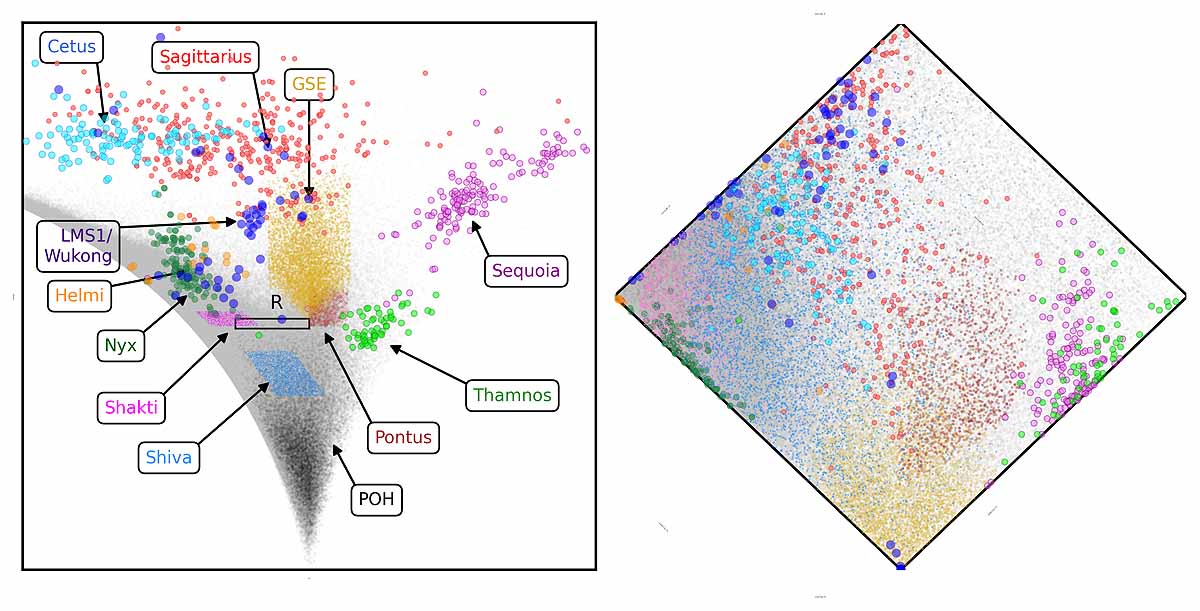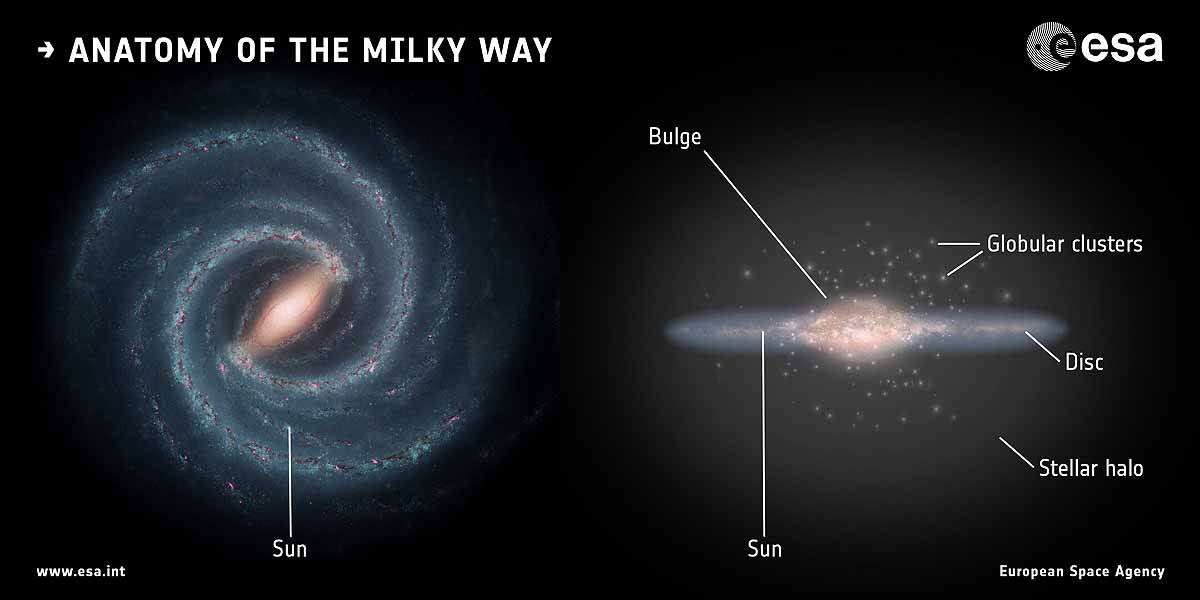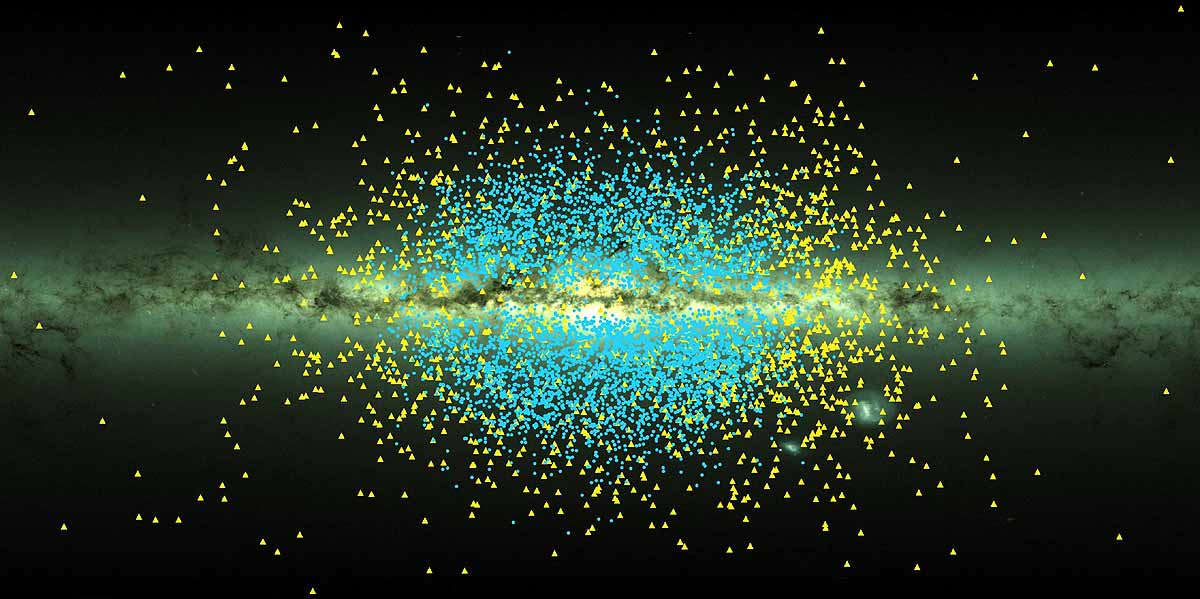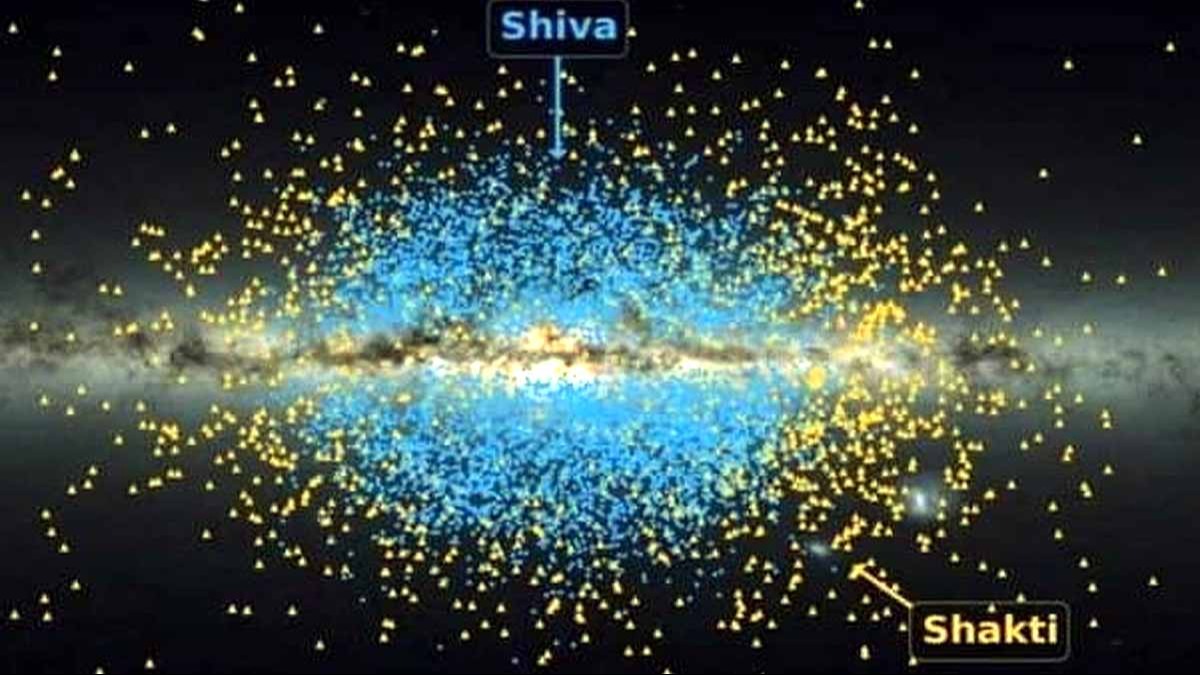Our galaxy is a stellar tapestry, with millions of stars under the Gaia Space Telescope's scrutiny. This very telescope has enabled Germany's esteemed Max Planck Institute of Astronomy to discover two ancient particles implicated in the galaxy's formation, named Shiva and Shakti.
The blue dots represent Shiva, the yellow dots Shakti. Together, these particles form the tapestry that is our Milky Way. Remarkably, these dots are ancient stellar waves that came together post-Big Bang, about 12 billion years ago.
Gaia's Telescope's Celebrated Discovery Sheds Light on an Ancient Celestial Genesis
Max Planck Institute of Astronomy's scientist, Khyaati Malhan, reflects on the joy of discovering such primordial cosmic strands. It emphasizes the constant transformation of our galaxy. If not for the Gaia Space Telescope, these clusters of stars would have remained hidden from us.
Gaia's impeccable data has allowed Malhan and her team to investigate the orbits of these clusters, identify their elemental composition, and decode their dynamics. Shiva and Shakti's formations are tied to unique chemical mixtures, thus earning their powerful names.

Source: aajtak
Shiva and Shakti: The Sturdy Threads Weaving Our Galactic Tapestry
Malhan explains that Gaia's 2022 imagery disclosed a galaxy flush with ancient stars. This set the stage for uncovering constituents of the early galaxy, revealing that these stars are part of two waves, each with distinct behaviors but collectively forming our galaxy. Over time, the galaxy amassed new stars, adopting its current spiraled form.
Shiva and Shakti are galactic fragments nestled at the heart of the Milky Way. Both exhibit similar orbital trajectories, each wave's mass approximating that of a million suns and estimated to be 12 to 13 billion years old. Throughout their lifetimes, stars perpetually fuse atoms at their cores, transmuting hydrogen into helium, and eventually, helium into heavier elements.

Source: aajtak
Celestial Heartbeat: The Shiva and Shakti Stars at the Core of Our Galaxy
These stars were born in an almost pure hydrogen and helium universe, with metals in scarce supply. Following the first stellar generation's demise, supernovae arose, scattering through the cosmos. Subsequently, this seeded the metal mixture in the next stellar generation. The cycle of star births, deaths, and rebirths continues even today.
While Shakti stars stream further from the galaxy's core, Shiva stars orbit closer, drawing a spheric trajectory. Yet, their combined gravitational dance maintains the Milky Way's stable, balanced, and regulated core heartbeat.

Source: aajtak




